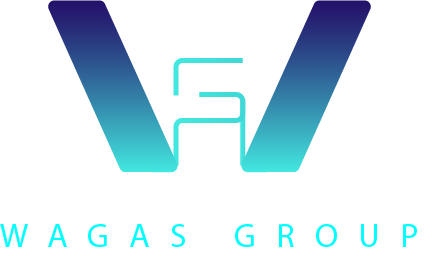Over the past few years, businesses across many industries have been increasingly relying on artificial intelligence to deliver business value. According to Forbes, Gartner estimated that artificial intelligence (AI) will contribute $3.9 trillion in business value by 2022. But where does that value come from? A press release from PwC argues that a major component of the value it creates will come from increased worker productivity. To be precise, the release says that AI will drive over $15 trillion in global GDP gains in the next 10 years or so and that half of those gains will come from increased worker productivity. An interesting question to ask is whether AI can improve more than just worker productivity — specifically, can AI deliver value by enhancing human innovation?
A thought-provoking article on the World Economic Forum website discusses the notion of augmented intelligence (as opposed to artificial intelligence), whereby machines augment human intelligence rather than replacing them. While the article argues that AI can make humans smarter, I believe the examples presented (AI assisting doctors with detection of early-onset diabetic eye disease and AI assisting analysts with better fraud detection in banking systems) are limited in that they augment human detection capabilities rather than enhancing human creativity and innovation.
To double down on the question we began with, are there cases where AI can augment humans not only by making them more productive, more precise or more efficient, but by enhancing their ability to create and innovate? I believe the answer to this question is affirmative, and in this piece, I will explore three ways in which AI can increase human ability to propose more innovative solutions.
Creating Space For Innovation
The first and perhaps least interesting way that AI could increase human innovation is by obviating the need for professionals to tire over low-impact busywork. In other words, making humans more productive or efficient will actually indirectly increase their ability to innovate — simply by creating the time and space for innovation. As an example, consider an AI system that summarizes any meeting for you. If you don’t have to take notes and summarize yourself, you can instead focus on the high-level takeaways and connect ideas that you otherwise wouldn’t have had time to dwell on. This case is, however, less inspiring, as it’s more of a side effect of AI rather than AI directly affecting humans’ innate ability to innovate.
Generating Novel Patterns
A more interesting case is where AI generates and surfaces novel patterns and designs for humans to engage with. Outside of the business world, a great example comes from computer chess programs (e.g., AlphaZero for chess) that surfaced new game lines undiscovered by human grandmasters for over a century. In the business context as well, there are companies capitalizing on AI’s ability to surface novel patterns and thus augment human creativity.

